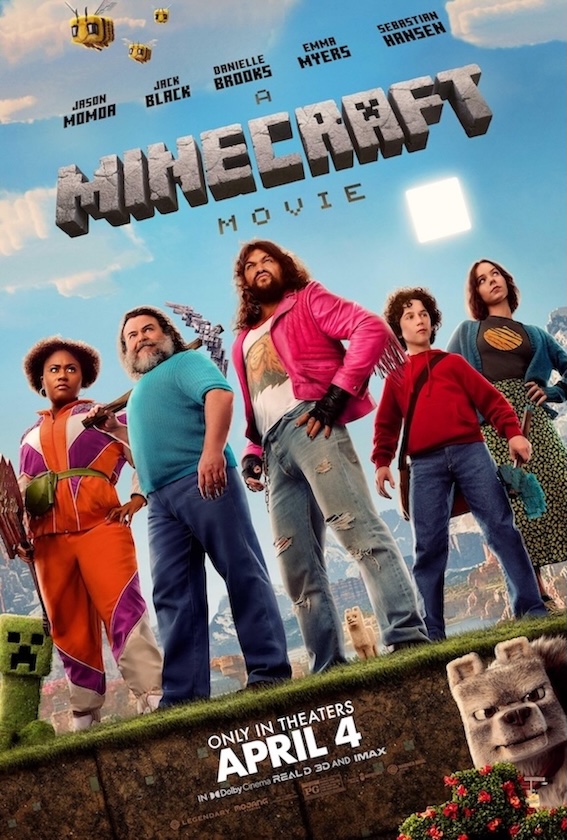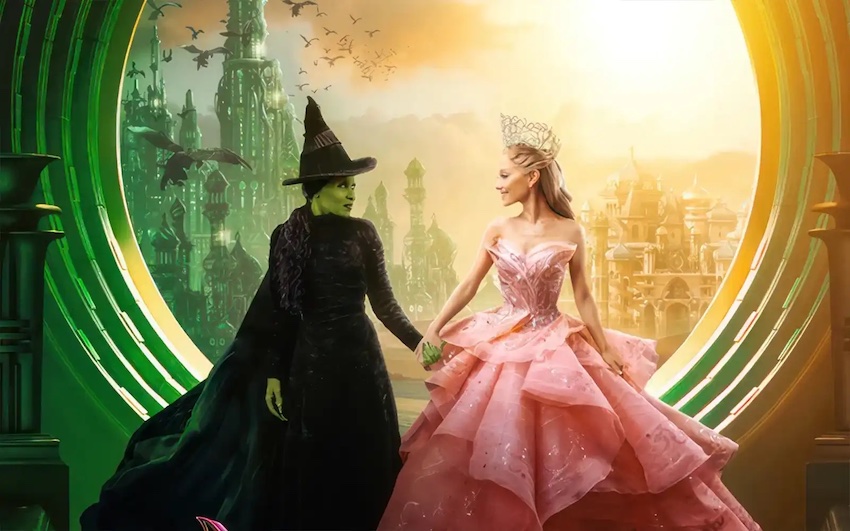The students burst through the double doors of Edwards theater prattling endlessly about the Fellowship of the Ring and their expectations for the next story in the trilogy, The Two Towers, by J.R.R. Tolkien. The fantasy patrons then stormed towards Borders lusting after the next installment of the series in book form for $5.99. The employees could then only watch as their carefully placed displays were scattered and emptied.
“After and even before the movie came out,” Borders manager Loch Ockey said, “sales of the Two Towers have ‘towered’ eh heh heh? that is . . . ‘sky-rocketed.’ It has been crazy.”
As in many trilogies, or three act plays, the second act is usually the darker with the main characters falling into a hole where it seems as if the enemy will prevail. The Two Towers is no exception, as the book ends with impending doom and coming destruction.
Those who are new to the genre and feel intimidated by the magical world of fantasy should not be as this series reads like any of the well-known Dr. Seuss anecdotes.
This book has it all: excitement, horror, beauty, adventure, terror, love and most of all, elves. This best-selling novel is about a young hobbit who must defy all odds and destroy a power-enhancing ring inside of an impenetrable fortress. A hobbit is a midget-like human with hairy feet and a head full of hair.
With only a meager supply of food and a loyal companion, Frodo, the hobbit, must travel through unimaginable dangers led by a vicious, lustful creature who wants him dead.
This novel however, is different in that it is divided into two different groups of people on a quest. The other part involves a motley band of warriors who must defeat the evil wizard Saruman and his uncountable army of relentless orcs, evil, twisted, form of a man.
“This book has real excitement,” Sam Fisher, ’03 said. “I actually feel like I am in Helm’s Deep fighting off orcs back to back with Gimli the dwarf. The characters of the novel are emphasized and as a result got me hooked even more into the story. It’s great!”
I give this book a 9 out of 10 because it has great characters, awesome narrative and great moral lessons. It teaches youngsters and adults who may read this book alike, that friendship is important and needed. Tolkien also has a great ability to give the reader real feelings of horror, danger and joy. He is also very good at describing anything and everything in the book as he uses incredible amounts of detail.
“I really like the parts when the trees attack the orcs and when they tame Smeagul,” Michael Prince, ’02, said. “This book is an A++ in my book.”
The reason that I gave this book a 9 instead of a 10 is because Tolkien’s constant and massive use of detail can sometimes be overwhelming. He simply gives too much information at times and totally crushes the reader under gigantic globs of detail. An example of this is shown in his description of a mysterious man.
“Aragorn looked and beheld a bent figure moving slowly?it looked like an old beggar man walking wearily leaning on a rough staff. His head bowed and he did not look towards them. In other lands they would have greeted him with kind words; but now they stood silent, each feeling a strange expectancy: something was approaching that held a hidden power-or menace.”(113)
The downside of reading and not viewing is that one is not able to hear the glorious and grandiose music that Howard Shore produced for The Fellowship of the Ring.
“I hated this book,” Kimberly Zurisk, ’02, said. “It was way too violent with too much bloodshed and gore.”
This book is a must for all readers looking for an adventure and who have seen or read The Fellowship of the Ring.






